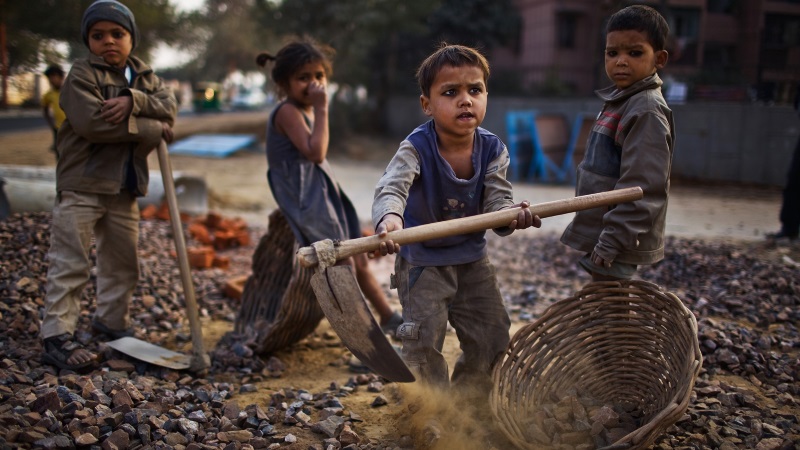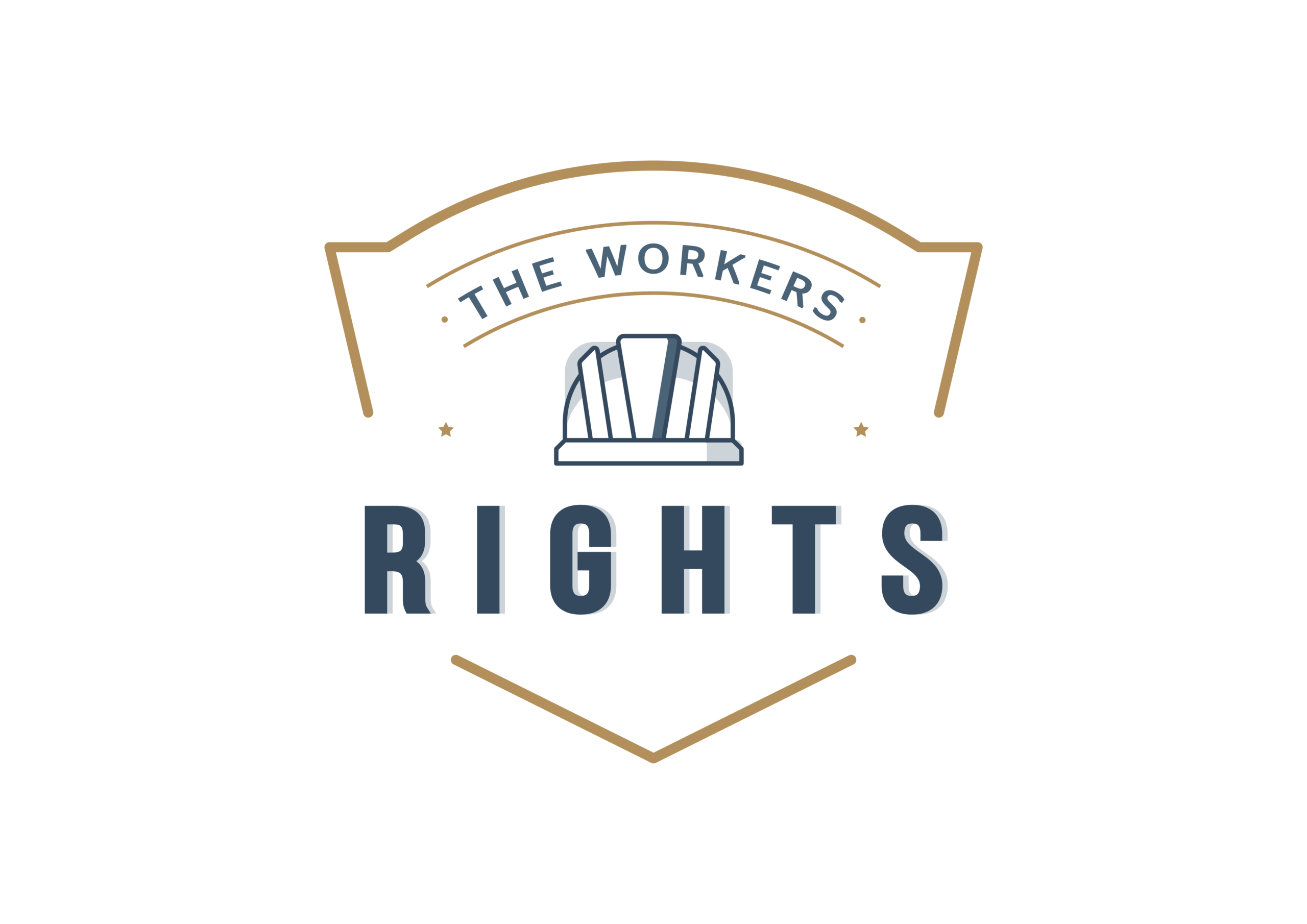
in place of attending school, one in 10 children works
Around 160 million children worldwide do not attend school and instead work to support their families. That amounts to almost one child in ten.
The International Labour Organisation (ILO) shared these shocking figures on Monday in observance of World Day Against Child Labour as a reminder of the critical need to put an end to this practise.
ILO Director-General Gilbert Houngbo said that Child labour is on the rise for the first time in 20 years.
Child labour is uncommon because parents are bad or careless. Instead, it’s the result of a lack of social justice, he claimed.
Houngbo emphasised on Twitter that better social protection and decent work for adults would be the “most effective solutions” to the emergency of child labour.
He also emphasised that in order to address the root causes of child labour, it is necessary to put an end to forced labour, establish safe and healthy workplaces, permit workers to organise and have their voices heard, and eliminate discrimination because child labour frequently affects the most vulnerable groups.
Keep Reading
According to research conducted jointly by the ILO and the UN Children’s Fund (UNICEF), more than half of all children who are subjected to child labor—roughly 86.6 million people—live in sub-Saharan Africa.
Nearly 24% of all children in the area, or nearly one in four, are involved in child labour.
In fact, agriculture employs the majority of children who work as slaves worldwide and on the continent of Africa. The Food and Agriculture Organisation of the UN (FAO) reported on Monday that child labour in agriculture accounts for 70% of all child labour worldwide and that the number of young people employed in the industry is rising.
FAO emphasised that rural smallholders engaged in farming, fishing, or forestry had a child labour rate that was three times higher than that of urban areas.
The agency emphasised that although not all of this work is considered child labour, for too many children, their work, particularly in agriculture, crosses into a form of labour that can harm their health or educational opportunities, adding that children frequently assist their parents in raising crops, caring for livestock, or catching fish, “mainly for family consumption.”









